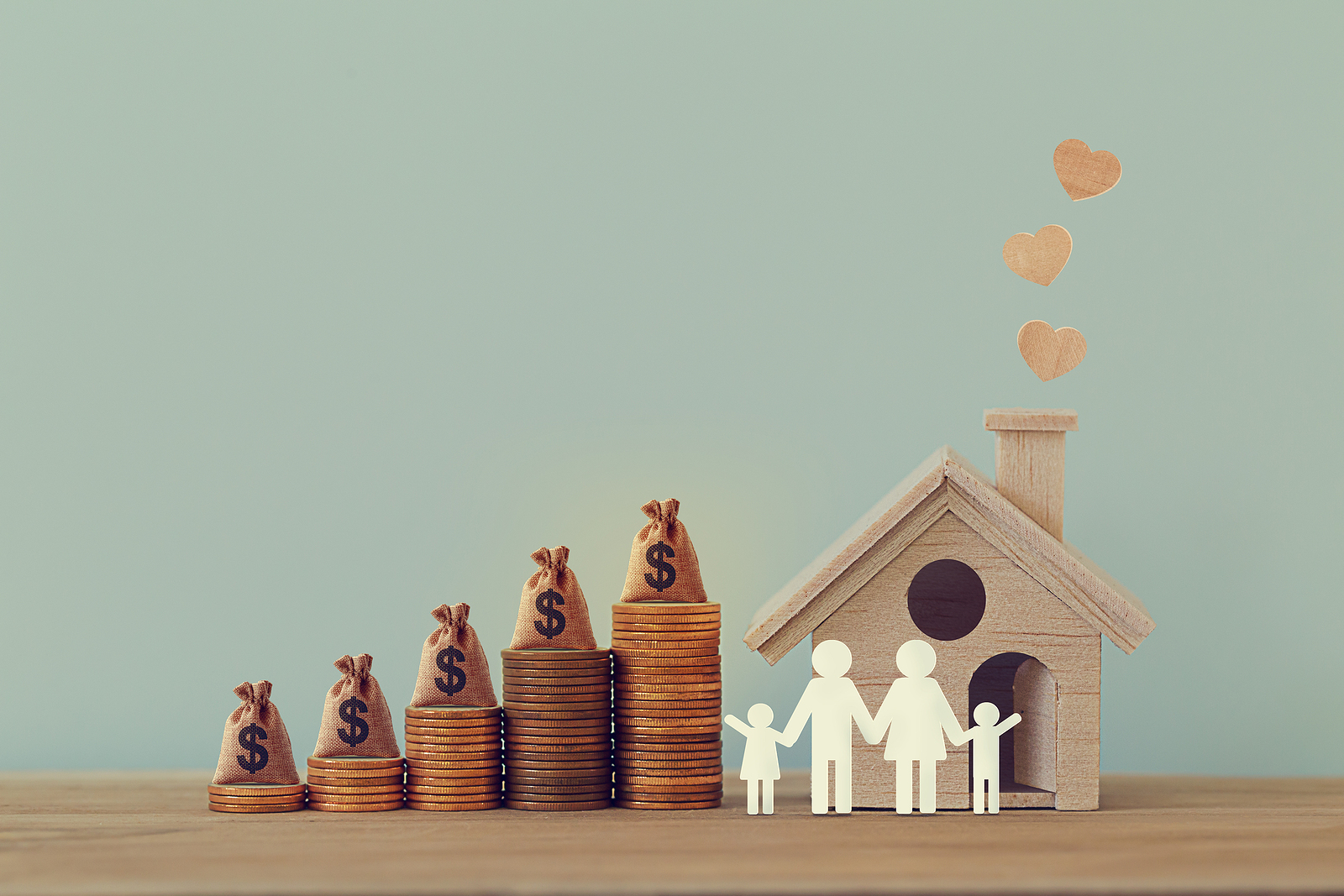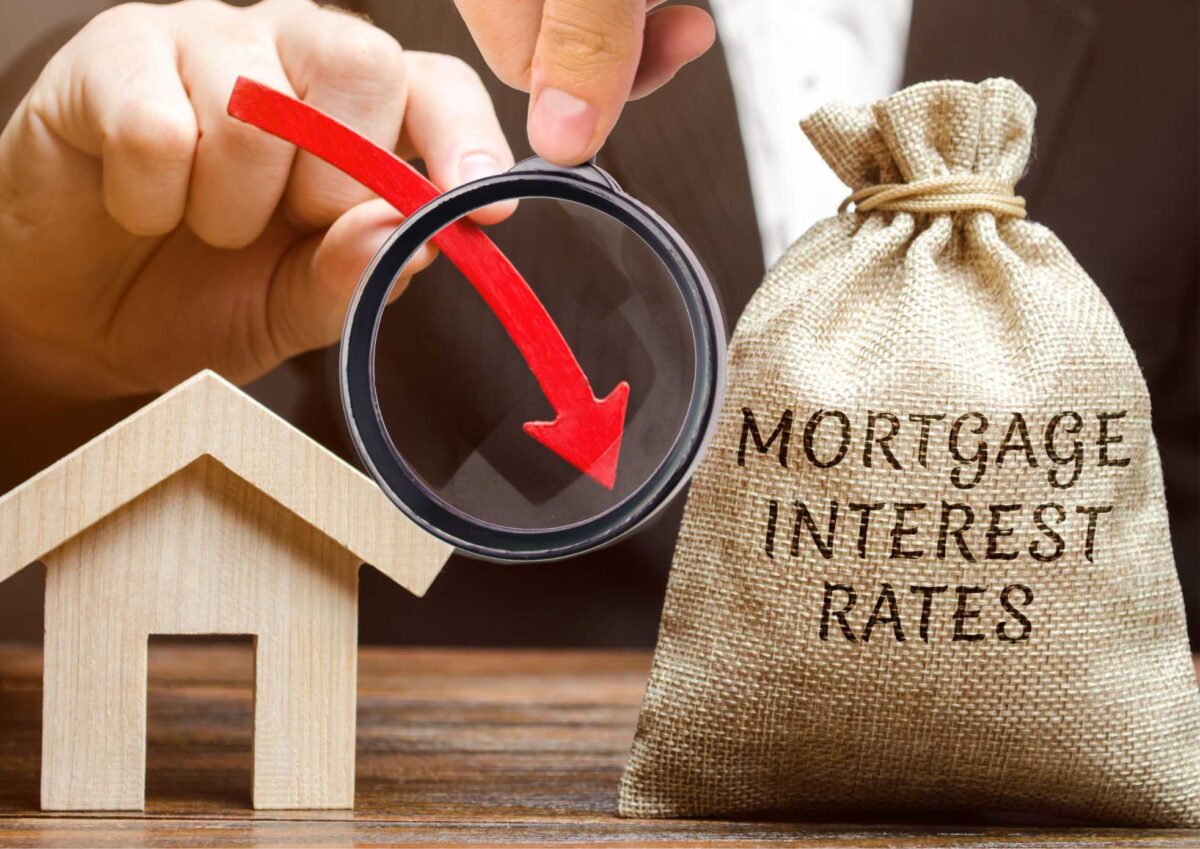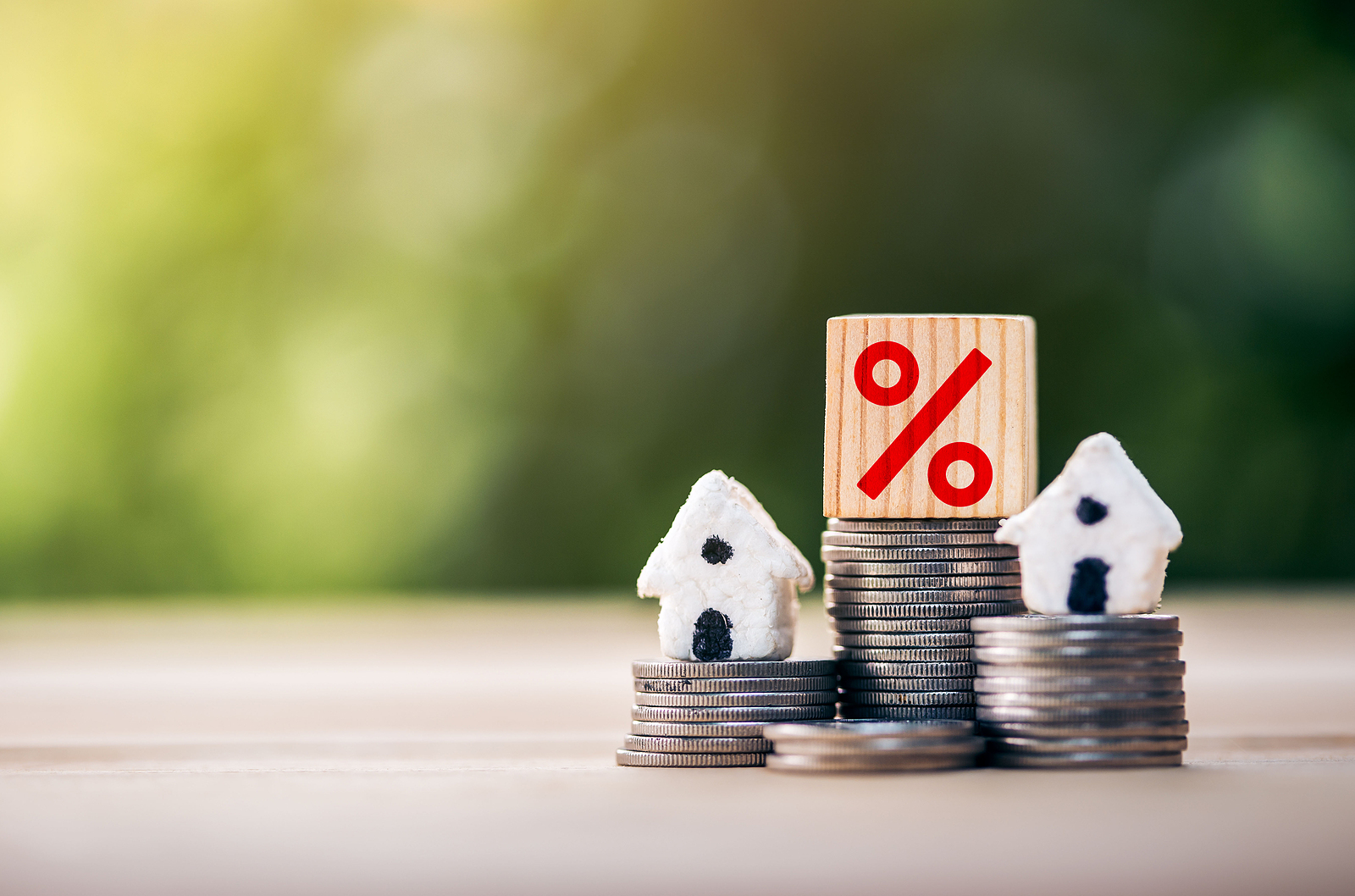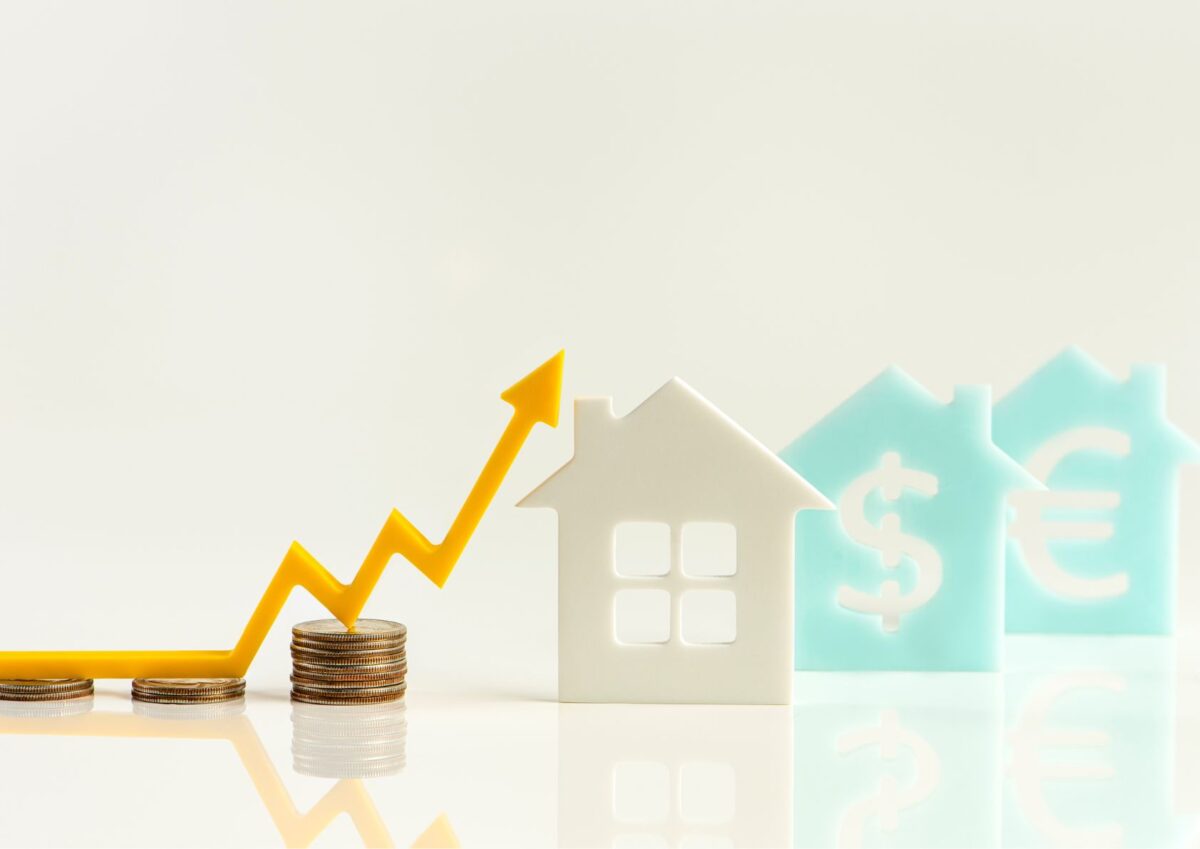If you’re trying to decide when is the best time to sell a house, you’re not alone. Timing matters, and choosing whether to list before the holidays or wait until spring can impact how quickly your home sells and how much you get for it. In this post, we’ll explore key data around listing before the holidays vs. listing in spring, examine the pros and cons of each timeframe, and help you decide which option fits your strategy.
Why Spring Often Wins
When it comes to the best time to sell a house, spring consistently emerges as the favorite among analysts. According to Bankrate, homes listed in May historically earn about a 13.1 % premium compared to other times of year. Likewise, research shows the week of April 13-19 as 2025’s sweet spot for listing; homes listed during that week fetched higher prices, sold faster, and faced fewer price reductions.
Spring offers several advantages:
- Buyers are often more active as the weather improves and children prepare for summer breaks.
- Inventory often picks up, giving buyers options and sparking competition among sellers.
- Homes show better in daylight, with curb appeal ramping up after winter.
- Agents and buyers alike expect movement in spring, so market momentum tends to favor sellers.
Because of all that, if your goal is to maximize sale price and you can wait, spring tends to be the best time to sell a house.
Listing Before the Holidays: The Case for Acting Early
On the flip side, listing before the holidays (roughly November through December) has its own unique advantages and may be the right fit depending on your situation. Some of the benefits:
- Reduced competition. Fewer homes go on the market during the holiday season, so yours may stand out more.
- Motivated buyers. Buyers who are looking during the holidays may have specific goals job relocation, end-of-year tax considerations, or a desire to get settled before the new year.
- Faster closing window? In some markets, buyers want to move before or after the holidays, making timelines more predictable.
However, the data show that holiday timing tends to yield lower premiums. According to Bankrate, the November and October reports seller premiums of only ~9.5 % compared to 13 %+ in spring. Moreover, one analysis by found that listing earlier in the year, not late in the prior year, tends to generate stronger results.
So, if you must sell before the holidays due to relocation, financial reasons, or timing constraints, it’s a viable path. Just keep in mind you may trade a bit of price upside for the speed or convenience of listing early.
How to Decide: Should You Wait or Go Now?
Choosing the best time to sell a house ultimately comes down to your unique goals and market conditions. Here are questions to guide you:
- Can you wait until spring without financial pressure? If yes, you may benefit from stronger pricing.
- Are interest rates favorable or expected to improve? Current data suggest rates have eased from their 2024 peaks, which may boost spring demand.
- What’s your local market like? Seasonality matters differently by region. For example, mild-climate markets may show a less pronounced seasonal swing.
- Does the home show well now? If your property is move-in ready, groomed for holiday showings, and you can afford a slower market in winter, listing earlier is feasible.
- What’s your competition? If there will be many new listings in spring (increasing supply), listing before the holidays might help you beat the crowd.
Finally, remember that pricing, preparation, and staging matter just as much as timing. Even in the best seasons, a well-prepared home sells faster and for more.
Final Thoughts: Timing Meets Strategy
In short, the best time to sell a house generally is spring, thanks to higher buyer demand, better weather, higher premiums, and proven performance. If you can wait and prepare, you’ll likely see an improved outcome. On the other hand, listing before the holidays can work especially if timing, motivation, or personal circumstances make waiting impractical. Just be aware you may sacrifice a bit of price upside for convenience or speed.
Whatever path you choose, focus on presenting your home at its best, understanding your local market, and aligning timing with your personal goals. That way, you’re not just choosing when to list, you’re strategically positioning for success.





























